On Clay and Wasps, Redux.
Panoply76
10 years ago
Related Stories
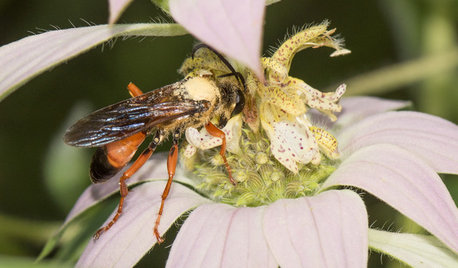
GARDENING GUIDESGreat Golden Digger Wasp: A Beneficial Flower-Visiting Insect
Introducing the great golden digger wasp, a colorful pollinator that also hunts foliage-eating insects
Full Story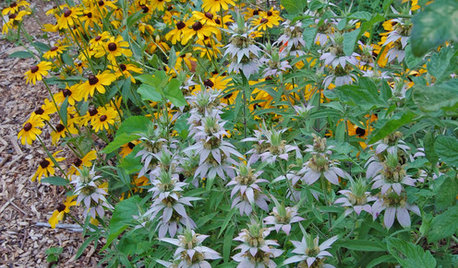
GARDENING GUIDESGreat Design Plant: Spotted Beebalm (Monarda punctata)
Looking for unusual, long-lasting blooms, low maintenance and deer resistance? Try this self-sowing perennial
Full Story
GARDENING GUIDES6 Plants That Beat Butterfly Bush for the Wildlife Draw
It's invasive, a nonnative and a poor insect magnet. Check out these better alternatives to butterfly bush in the garden
Full Story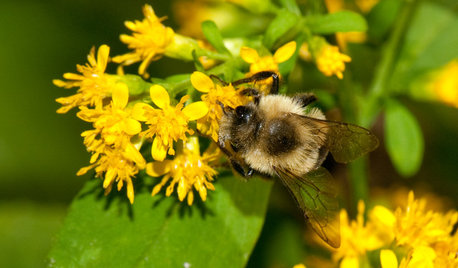
GARDENING GUIDESGreat Design Plant: Solidago Flexicaulis Colors the Fall Shade Garden
Plant zigzag goldenrod in eastern U.S. gardens for its bright yellow flowers and tolerance of a broad range of conditions
Full Story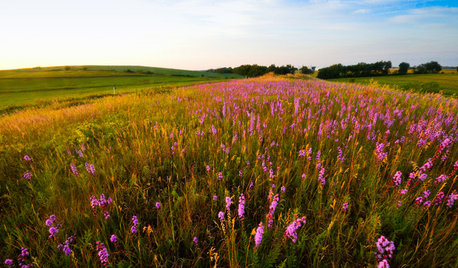
GARDENING GUIDESHelp Fuel the Monarch Migration With These 6 Prairie Plants
Try these nectar-rich beauties and help autumn monarchs
Full Story
GARDENING GUIDESGreat Design Plant: Butterfly Milkweed, a Beacon in the Prairie
Vivacious orange flowers for you, nectar for the butterflies and bees. Asclepias tuberosa is worth planting for more reasons than one
Full Story
EARTH DAYHow to Design a Garden for Native Bees
Create a garden that not only looks beautiful but also nurtures native bees — and helps other wildlife in the process
Full Story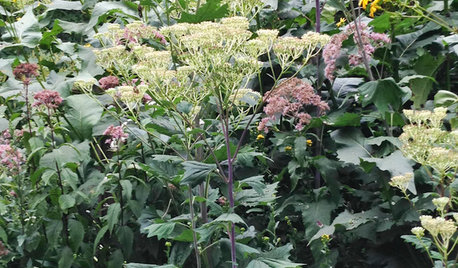
GARDENING GUIDESGreat Design Plant: Pale Indian Plantain Stands Tall and Proud
Height and generous flower heads earn Arnoglossum atriplicifolium the attention of both human and insect visitors
Full Story
GARDENING GUIDESGreat Design Plant: Milkweed
Quit cringing. This not-weed plant is a sight to behold in the garden, has a delicious vanilla scent and is a magnet for butterflies
Full Story
GARDENING GUIDES7 New Plants to Grow for Beautiful Foliage
Add color, structure and interest to your garden with these recently introduced plants that sport exceptional foliage
Full Story






mauch1
Panoply76Original Author
Related Professionals
Surprise Landscape Architects & Landscape Designers · Kapaa Landscape Architects & Landscape Designers · Farmington Landscape Contractors · Lady Lake Landscape Contractors · Lees Summit Landscape Contractors · Marlborough Landscape Contractors · Rosemount Landscape Contractors · St. Louis Landscape Contractors · Tacoma Landscape Contractors · Tinton Falls Landscape Contractors · Brooklyn Park Fence Contractors · Dana Point Fence Contractors · Fairmount Fence Contractors · Skokie Fence Contractors · Savage Fence Contractorsericwi
Lisa_H OK
eclecticcottage
eclecticcottage